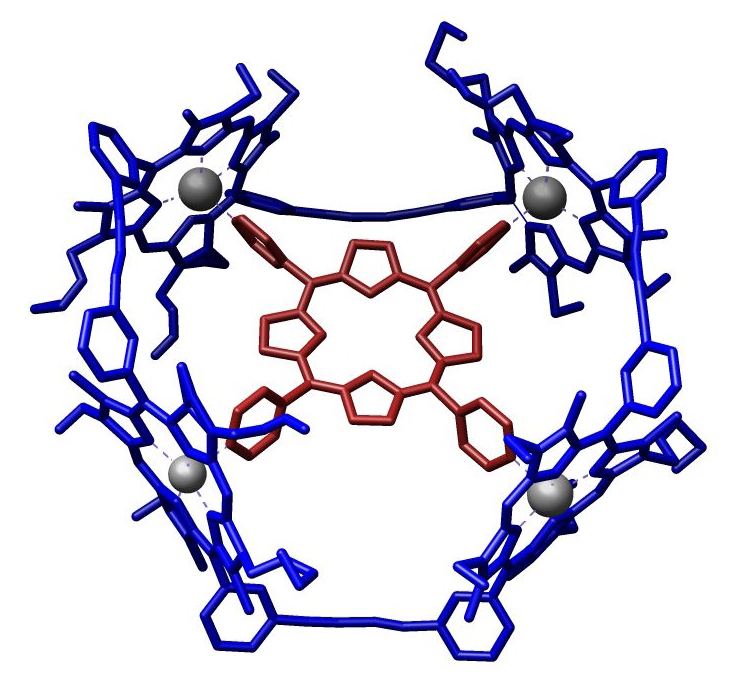Nationality United Kingdom Role Chemist | Notable awards FRS (2013) Name Harry Anderson | |
 | ||
Born Harry Laurence Anderson January 12, 1964 (age 61) ( 1964-01-12 ) Institutions University of OxfordKeble College, OxfordETH-Zurich Thesis Model enzymes based on porphyrins (1991) Institution University of Oxford, Keble College, Oxford, ETH Zurich | ||
Harry anderson hbo comedians reunion special
Harry Laurence Anderson, FRS is a British chemist in Department of Chemistry, University of Oxford. He is well known for his contributions in the syntheses of supramolecular systems (porphyrin nanorings and nanowires) and exploration of the extraordinary physical properties of the large pi-conjugate systems. He is currently Professor of chemistry at Keble College, Oxford.
Contents
- Harry anderson hbo comedians reunion special
- Education
- Career and Research
- Honours and awards
- References
Education
Harry Anderson studied chemistry at University of Oxford, where he received Bachelor of Arts degree in 1987. He continued his study at University of Cambridge, supervised by Jeremy Sanders, and received his doctoral degree in 1990.
Career and Research
Anderson started his independent research as a Research Fellow at Magdalene College, Cambridge in 1990–1993, and conducted his research in 1993–1994 as SERC postdoctoral research fellow at ETH-Zürich, Switzerland. He returned to University of Oxford in 1994 as university lecturer in organic chemistry and tutor in Keble College. In 2004, he became professor of chemistry at the University of Oxford.
Template directed syntheses ubiquitously exist in nature (protein biosynthesis, etc.), which provides inspiration for synthesising artificial supramolecular systems. Using porphyrin monomers/oligomers and molecular templates of various sizes, porphyrin nanoring systems can be constructed with high versatility. These supramolecular systems also bear appealing co-ordination properties, providing inspirations for the co-ordination phenomena existing in nature.
Vernier templating refers to the syntheses of complexes using templates and molecular building blocks with mismatching co-ordination numbers to construct larger molecular systems by incorporating more than one template molecule and more molecular building blocks than usual. Porphyrin nanoring systems are excellent examples in realising this methodology and giant artificial molecular systems with their molecular weights of small proteins can be constructed.
Based on the work of organic synthesis, his research interests have found wide range of collaborators from versatile academic backgrounds all over the world. It was found that elongated/encapsulated pi-conjugate systems constructed by porphyrins showed unprecedented physical properties in charge transfer, two-photon absorption, etc., thereby providing physicists and photobiologists new candidates and inspirations in their research.
Honours and awards
Anderson's nomination for the Royal Society in 2013 reads:
